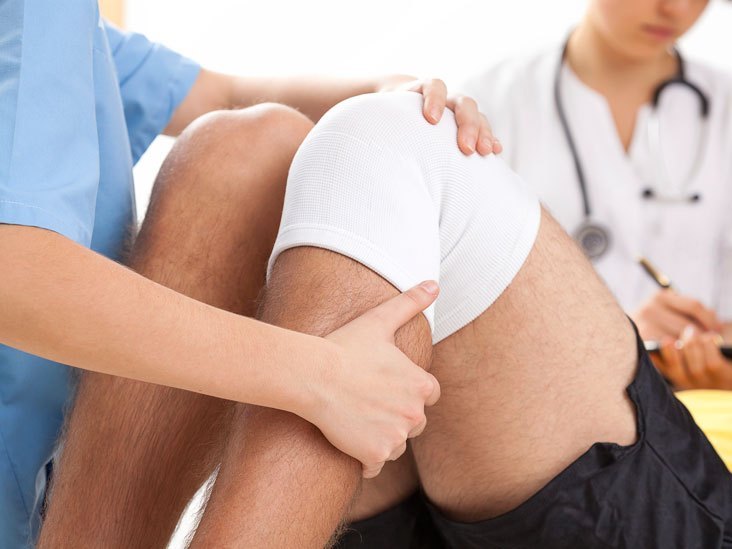What you need to know about Knee Arthroscopy Procedure
Contents
- 1 What you need to know about Knee Arthroscopy Procedure
- 2 What Does the Procedure Involve?
- 3 How Long Should You Stay at the Destination?
- 4 How Long is the Recovery Time?
- 5 What Aftercare Should You Consider?
- 6 What is the Success Rate for Knee Arthroscopy Procedure?
- 7 Are there Alternatives to Knee Arthroscopy Procedure?
- 8 What Should You Expect Before and After the Procedure?
Knee arthroscopy is a surgical procedure to diagnose and treat problems in the knee joint. It is a minimally invasive procedure mostly performed on people with persistent joint pain, stiffness, damaged cartilage, torn anterior or posterior cruciate ligaments, Knee cap that is out of position, fractured knee bones, and other problems around the knee.
What Does the Procedure Involve?
Before knee arthroscopy, your doctor may give you a local, regional, or general anesthetic. Your surgeon will make a few small incisions in your knee and insert an arthroscope (a small instrument with a tiny camera attached to it). The tiny camera allows your surgeon to identify any problems and if the problem can be fixed with arthroscopy, your surgeon may insert a small surgical tool through the arthroscope to correct the issue.

How Long Should You Stay at the Destination?
Knee arthroscopy may be performed as an outpatient procedure, meaning you may leave the hospital on the same day. However, you will be required to stay in the local Area for at least 7 days for follow-up hospital checkups with your surgeon where your progress will be monitored continuously.
How Long is the Recovery Time?
You may be able to resume some light activities and desk work within a week. You will likely be able to drive within one to three weeks, but allow around 6 to 8 weeks before you resume other physical activities.
What Aftercare Should You Consider?
Try to keep your leg elevated and put ice on your knee for the first few days to reduce pain and swelling. Exercise is an important part of treatment and your surgeon or a physical therapist may teach you the best exercises to strengthen the muscles around your knee. Your surgeon will likely give you specific instructions about the aftercare and ensure to follow the instructions.
What is the Success Rate for Knee Arthroscopy Procedure?
Knee arthroscopy is an effective procedure to address problems around the knee joint and it has a high success rate. Some side effects and risks specific to knee arthroscopy include infection inside the knee, accidental damage to nerves and tissues, chronic stiffness in the knee, blood clots, and bleeding in the joint.
Are there Alternatives to Knee Arthroscopy Procedure?
The alternative to knee arthroscopy depends on your specific case. Therapy to strengthen your muscles, medications, injections (hyaluronic acid, corticosteroids, and platelet-rich plasma (PRP)), and partial knee replacement surgery can be the alternatives. Discuss with your doctor which one is the best option for your case.
What Should You Expect Before and After the Procedure?
If the knee arthroscopy is performed to identify problems in your knees, your doctor will be able to confirm early diagnosis. If the problem is corrected with the procedure, you may be able to restore your full range of motion.
For an in-depth analysis of a Knee Arthroscopy Procedure, watch this short video.
https://youtu.be/TUi95vbIcpc
To check prices or to book a Knee Arthroscopy Procedure in Thailand or anywhere else in the world, head on over to MyMediTravel now!

